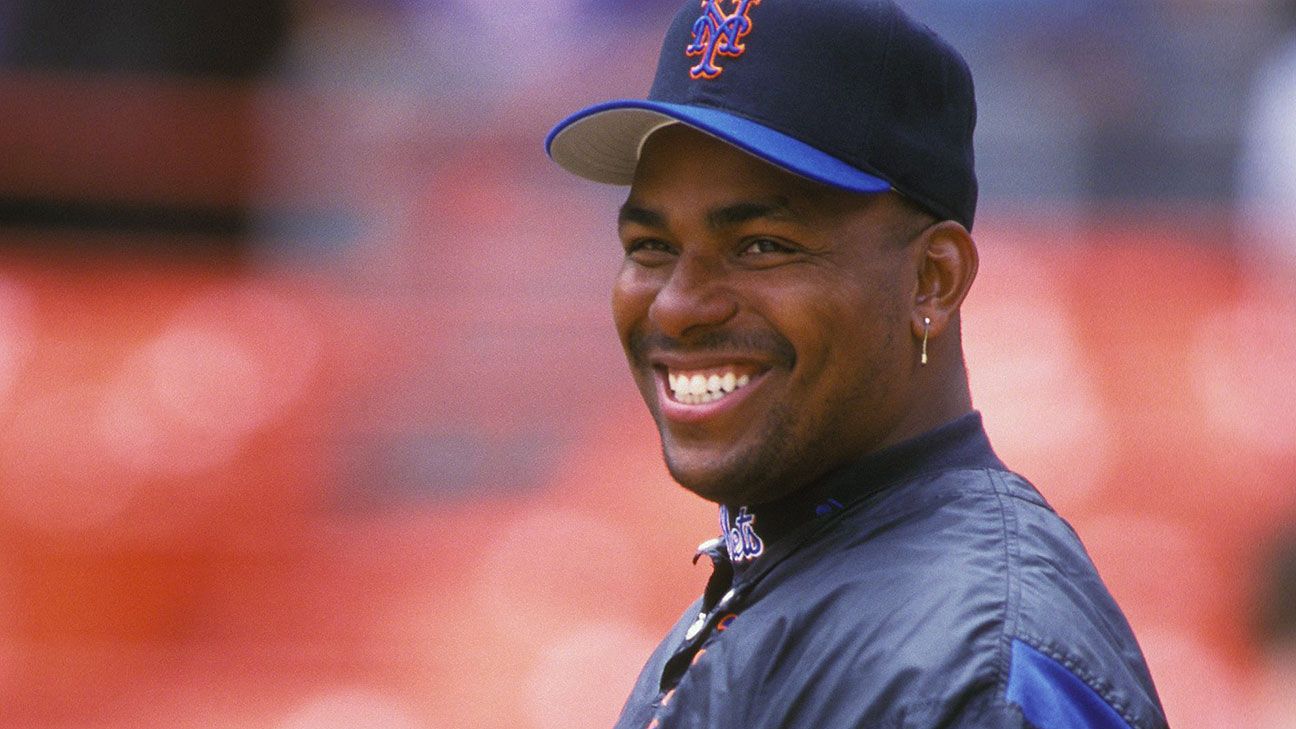
Bobby Bonilla Day: The Mets’ Annual $1.19 Million Payday for Doing Nothing
Every July 1st, a unique tradition unfolds in New York: Bobby Bonilla Day. This is the day the New York Mets pay their former outfielder, Bobby Bonilla, $1,193,248.20 – a sum more than some current MLB stars earn annually – despite him not having played for the team since 1999. This unusual arrangement stems from a complex deferred compensation agreement signed in 2000.
The Genesis of Bobby Bonilla Day: A Deferred Compensation Deal
In 2000, the Mets bought out the remaining $5.9 million on Bonilla’s contract. However, instead of paying him immediately, they structured a deal involving annual payments of almost $1.2 million, starting July 1, 2011, and extending until 2035. This unusual agreement included an 8% interest rate, a strategy born from the Mets’ investment in Bernie Madoff’s fraudulent investment scheme.
While the Madoff investment ultimately failed, the deferred compensation agreement remains in effect.
This unique financial arrangement has become a source of both fascination and frustration for Mets fans.
The Mathematics of Bonilla’s Unusual Payday
The $1,193,248.20 annual payment represents the result of the deferred compensation, compounded with interest over the years. It’s a testament to the long-term financial implications of such agreements.
This payment is significantly higher than the salaries of many young, promising players.
The sheer longevity of the payment, extending until Bonilla turns 72, continues to amaze and intrigue baseball fans.
Bobby Bonilla’s Deal in the Broader Context of MLB Contracts
Bonilla’s contract is not unique in the world of Major League Baseball. Other players have received deferred payments from their former teams, often as part of complex buyouts or contract extensions. Examples include Bret Saberhagen, who also receives annual payments from the Mets, and Ken Griffey Jr., who receives payments from the Cincinnati Reds. These deferred payments often reflect the teams’ financial strategies, risk management, and the unique dynamics of baseball’s salary structure.
The practice of deferred compensation in MLB highlights the complexity of player contracts and the long-term financial planning involved.
The fact that the Mets are still paying Bonilla underscores the importance of careful financial planning in professional sports.
The Cultural Phenomenon of Bobby Bonilla Day
Bobby Bonilla Day has transcended its purely financial origins to become a cultural phenomenon, celebrated annually by Mets fans and followed with amusement across the baseball world. It has been embraced by the team’s current ownership, representing a change of perspective and a humorous acceptance of this unusual financial legacy.
The day has become a symbol of both the quirks and the financial complexities of Major League Baseball.
The lasting legacy of this unique agreement is a testament to its lasting impact on the sport’s culture and financial landscape.
Key Takeaways
- Bobby Bonilla Day is an annual event where the New York Mets pay Bobby Bonilla $1,193,248.20.
- This payment stems from a 2000 deferred compensation agreement structured around a failed Madoff investment.
- The annual payment is significantly higher than the salaries of many current young MLB players.
- Deferred compensation is not uncommon in MLB but Bonilla’s deal is unique in its longevity and cultural impact.
- Bobby Bonilla Day is a widely recognized and celebrated event in baseball culture.
